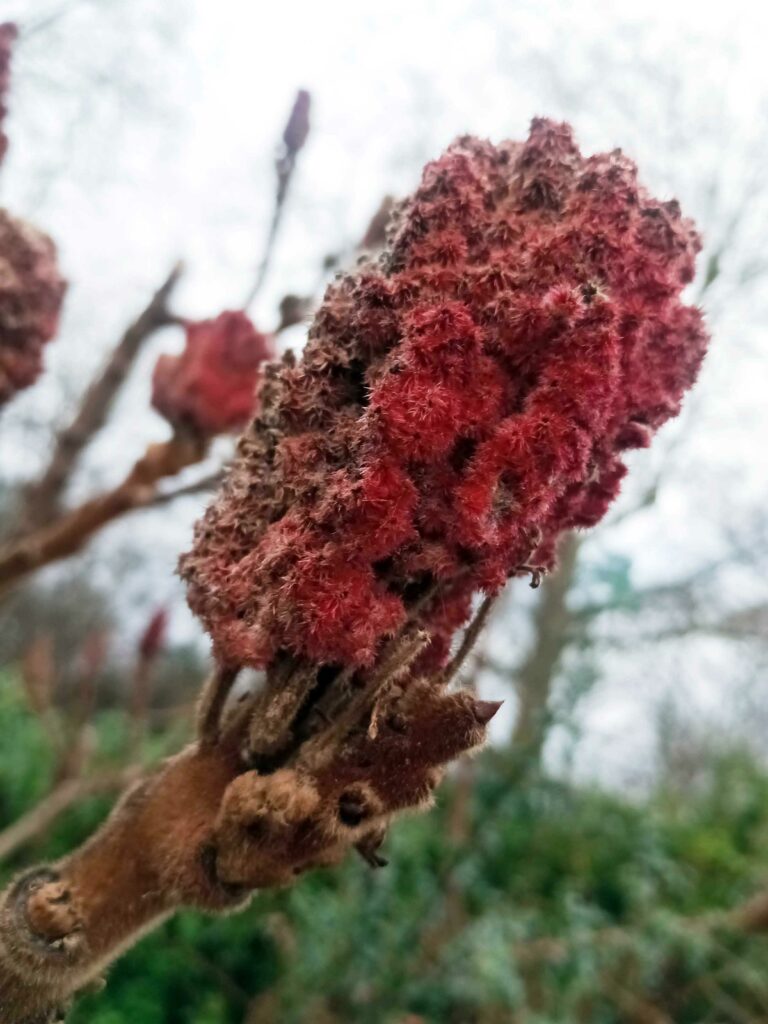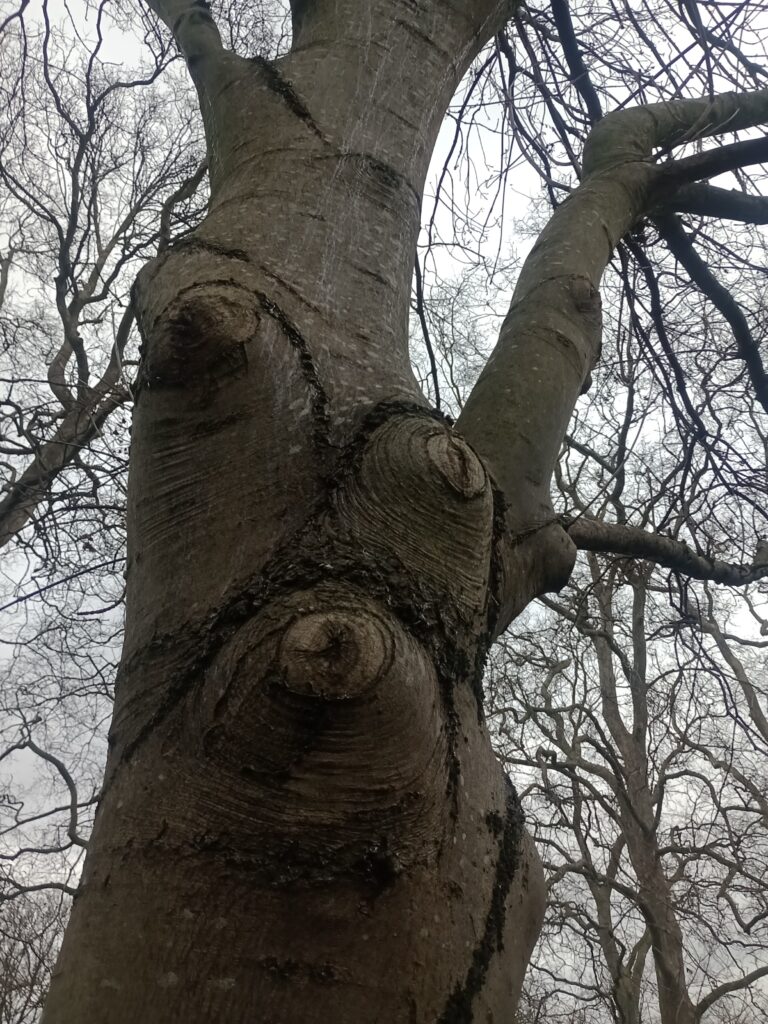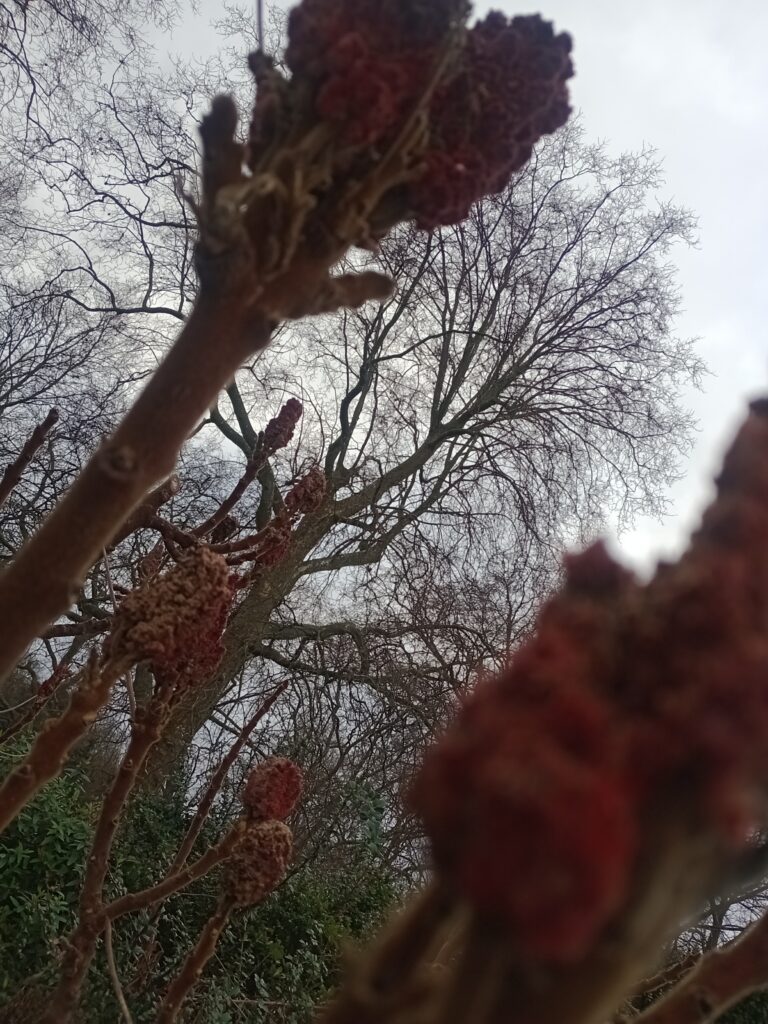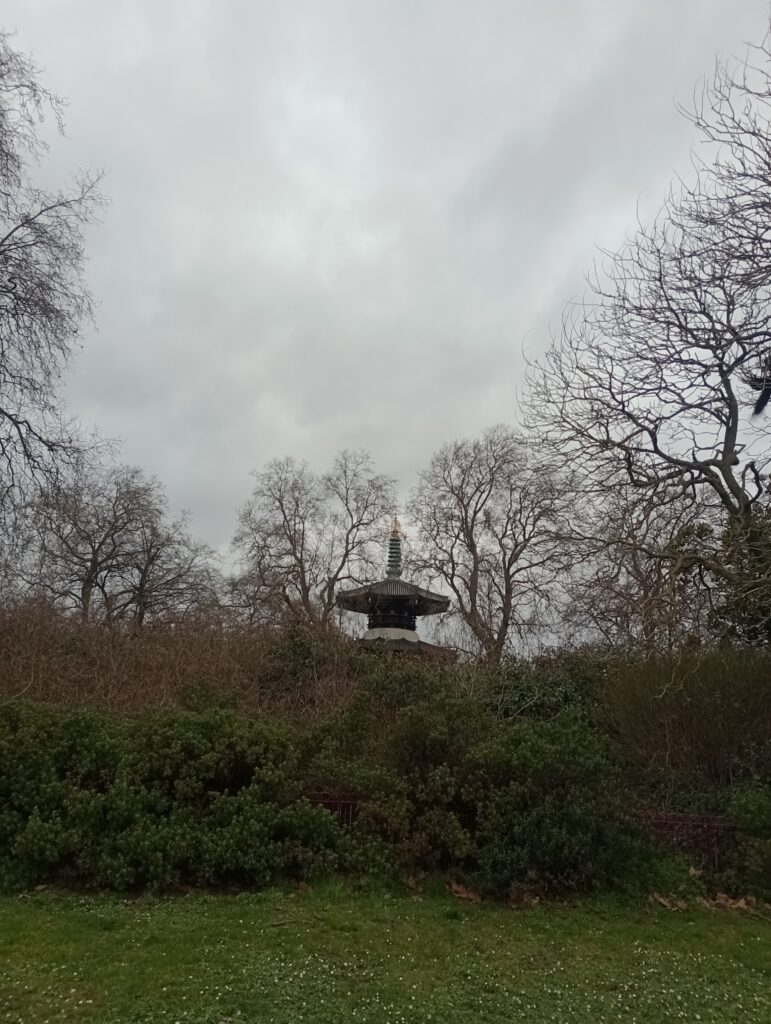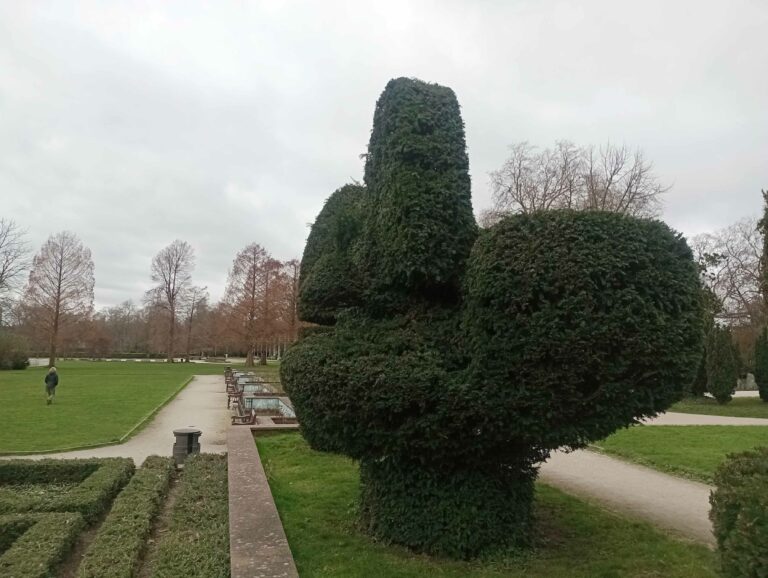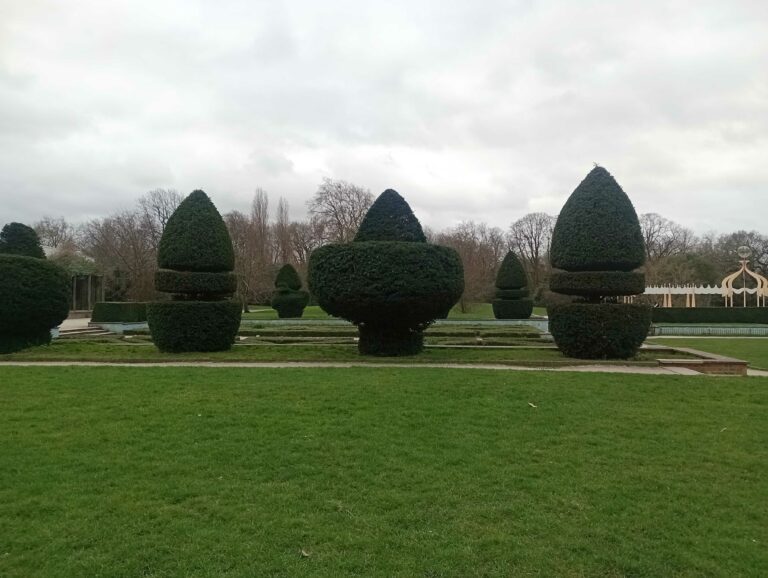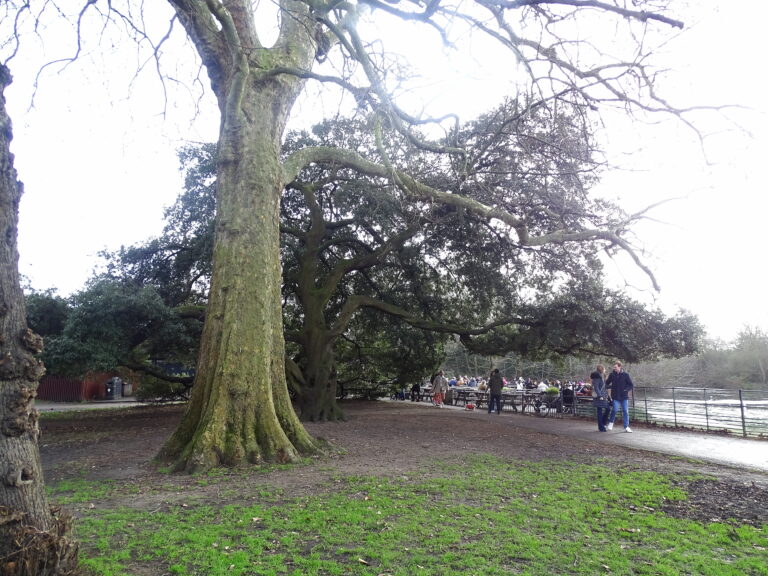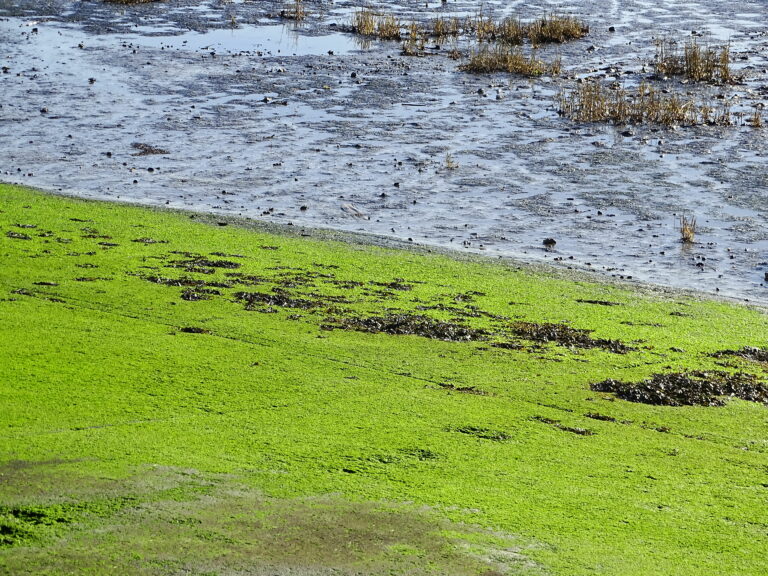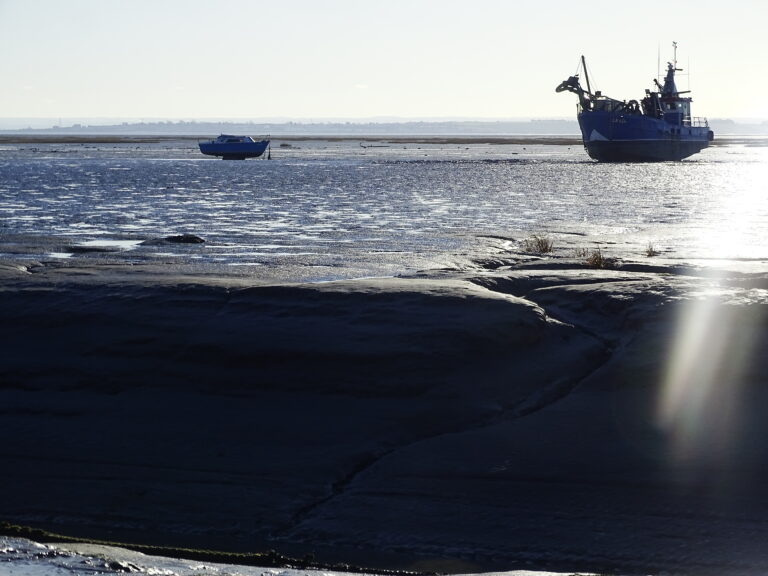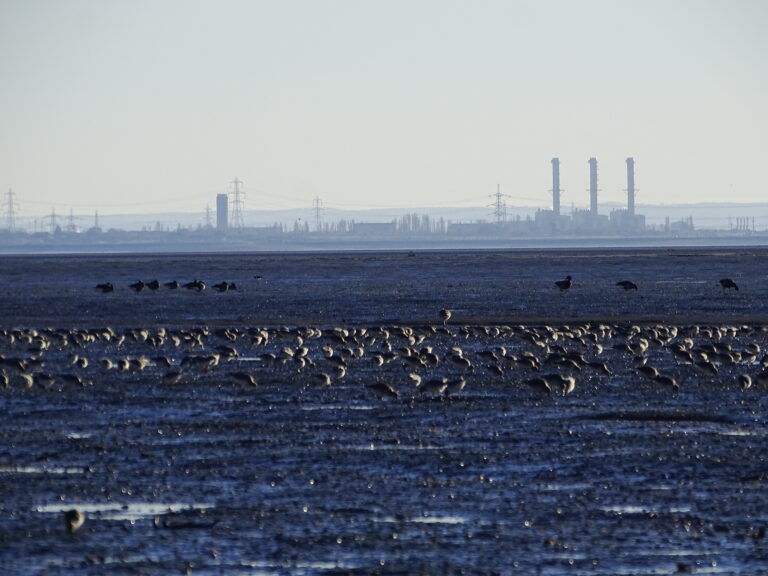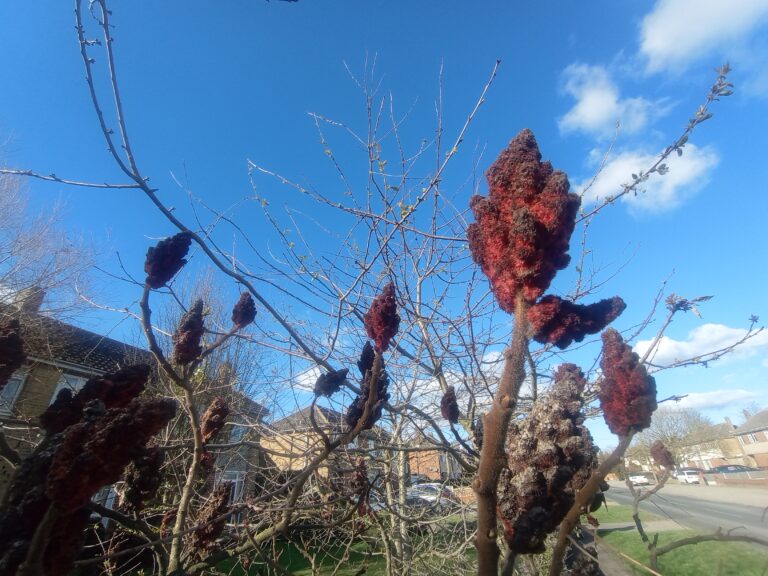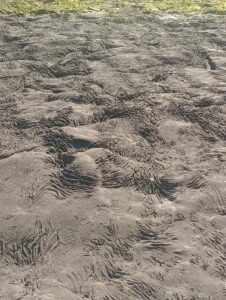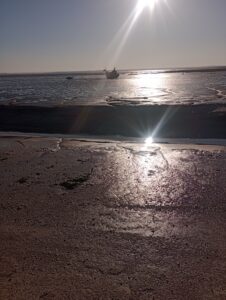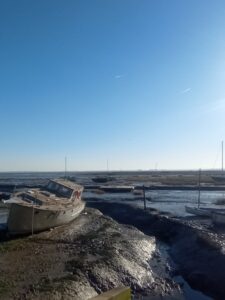___fieldworks__________________________________________________________________________
bodies of research
The project unfolds in two intertwined phases, in March and June, involving different levels of participation (individual/collective across the RCA), languages (performance/installation) and engagement (visible/not visible) all revolving around (performance/installation), that pivot around the concept of nomadic citizenship and flows of people.
This perspective encompasses not only human beings from various sociological categories but also non-human actors which are part of urbanscapes, such as sounds, plants and social interactions on foot that eventually transform into temporary habitats for trans-cultural communities ever evolving and bodies of architecture.
As a result the raw materials addressed to fabrics and sound: both intimately seek to negotiate further possible visual and sonic possibilities for engaging audiences by walking and listening as urban pilgrims and travelers.
references
Temitayo Shonibare, I’d rather not go blind, film, 26 minutes and 22 seconds (Yasmin Dankaro and Eddie Iyamah) Lagos-Peckam Repeat, South London Gallery
Tino Sehgal – This Variation- Documenta (13) – Kassel, 2012
Braidotti R., Nomadic Theory, Columbia University Press, New York, 2011
Cresswell, T., Imagining the Nomad: Mobility and the Post Modern Primitive, in Georges benko and Ulf Strohmayer, Space and Social Interpreting Modernity and Postmodernity, pp 360-382, Oxford, Blackwell, 1997
Cizek K., Uricchio W., Collective Wisdom, The Mitt Press, Cambridge 2022
// first stage // Battersea Park
/Non / Human / Encounters
The early phase of studies focused on the relationship with the abundance of natural resources in an urban park, which implies the perception of non-human settlements and the sense of relief it might convey in terms of belonging to a place committed to preserve biodiversity and related implications.
The interpretation panel about diverse plants of the sub- tropical garden, temporarily recovered during the winter season represented a great discovery. It described a previous commission from the Charity Learning Through Landscapes (2016) suggested a likely expansion of the project to primary school, as they are expected to become future dweller. In particular that project involved a year long investigation into the vital role plants in people’s lives in other countries and in their local community which is Wandsworth.
Encounters, particularly with visitors, pedestrians, plants, and various engagements in the park such as walking, running, chilling, gathering, and meditating, have been pivotal not only in the early collection of data and impressions but also in addressing the main lines of the design project.
The choice of the Sumac Female Flower originated from the curious behavior of some visitors questioning the similarity of blossoms with a native plant in the Middle East, other ones claiming instead from North America. Several visitors approached this type of plant, with the most visible exemplars located along the main path, intrigued by the unusual bright, velvet-touch flower persisting in the winter season despite the dry appearance of the plant.
references
Lauren E. Mullenbacha, Nicholas A. D. Pitasb, Joseph Walkerc, and Andrew J., It brings the community together: Benefits from local park and recreation renovations, Mowenaa Department of Recreation, Park and Tourism Management, The Pennsylvania State University, 22 october 2018
Learning through Landscapes commissioned artists from Art in the Park to work with over 140 children from Shaftesbury Park, Sir James Barrie, St. George’s CE and Westbridge primary Schools) 2006
// second stage // Riverside Walk // Battersea Power Station
// Infrastructures and Bodies
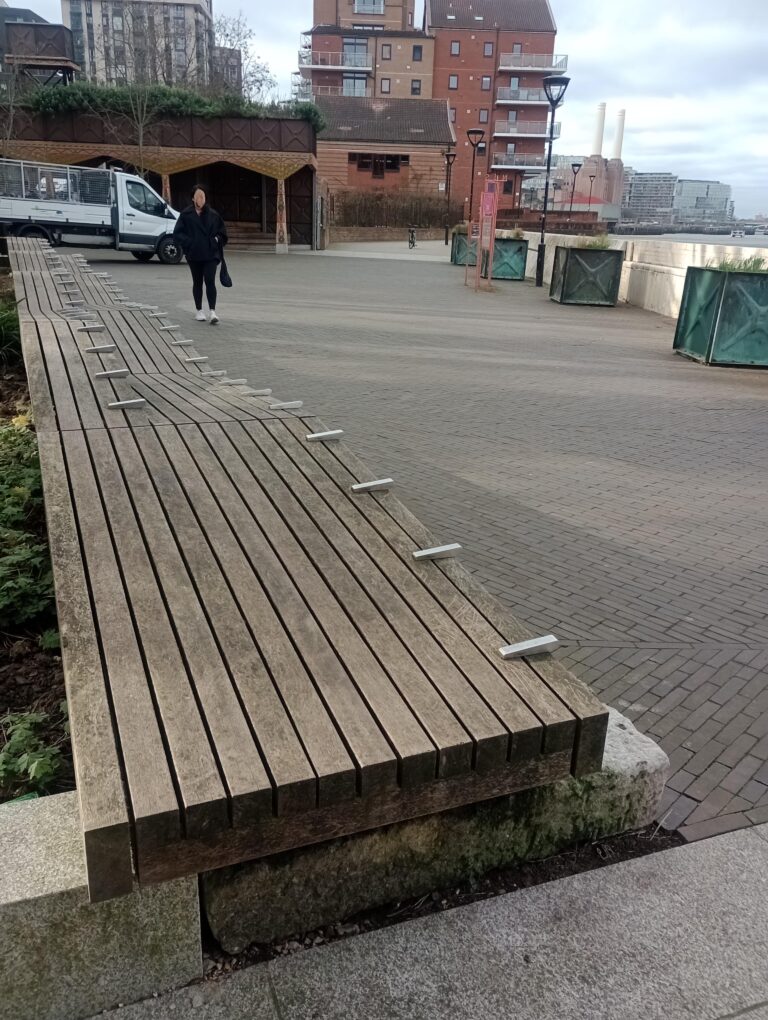
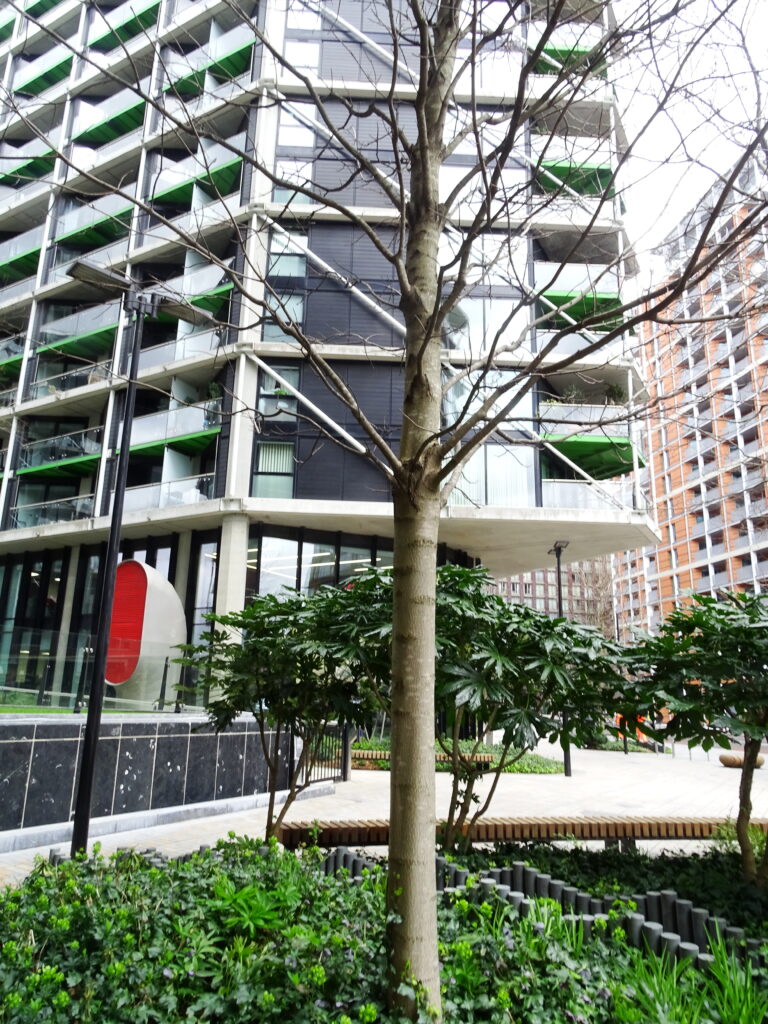
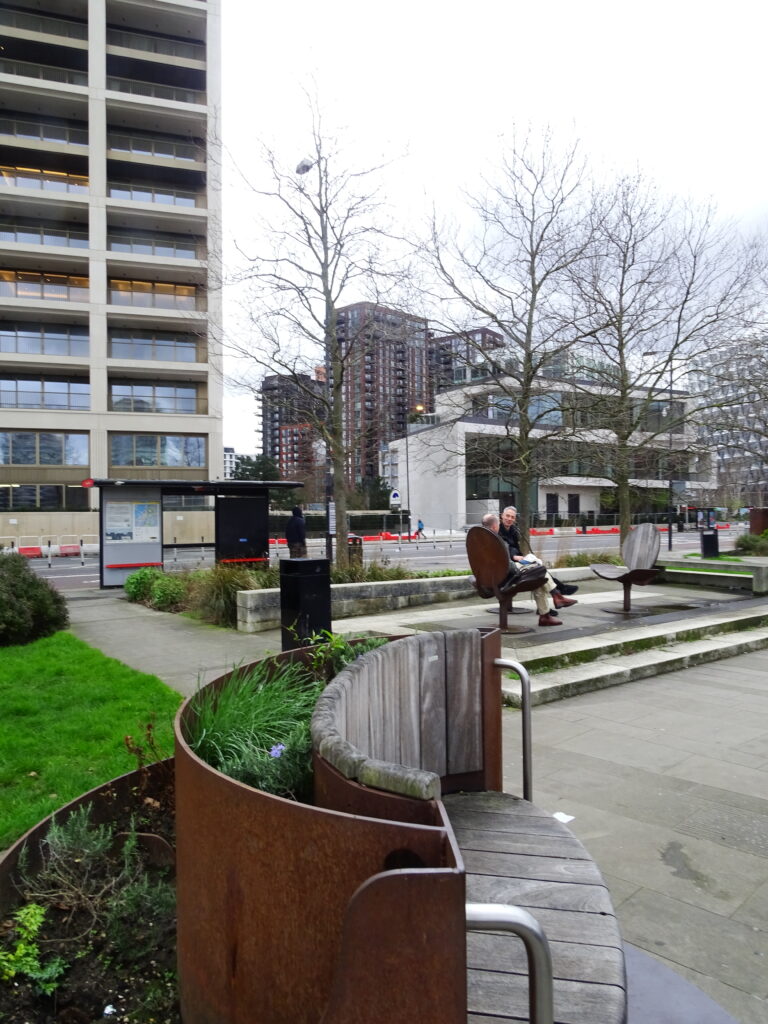
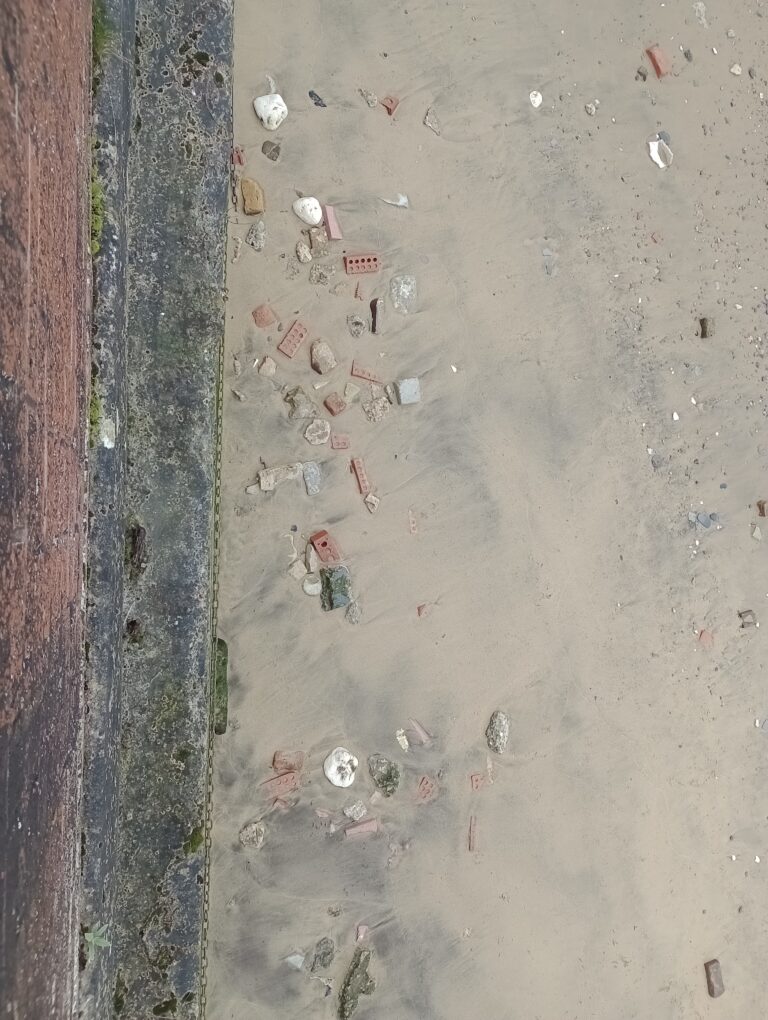
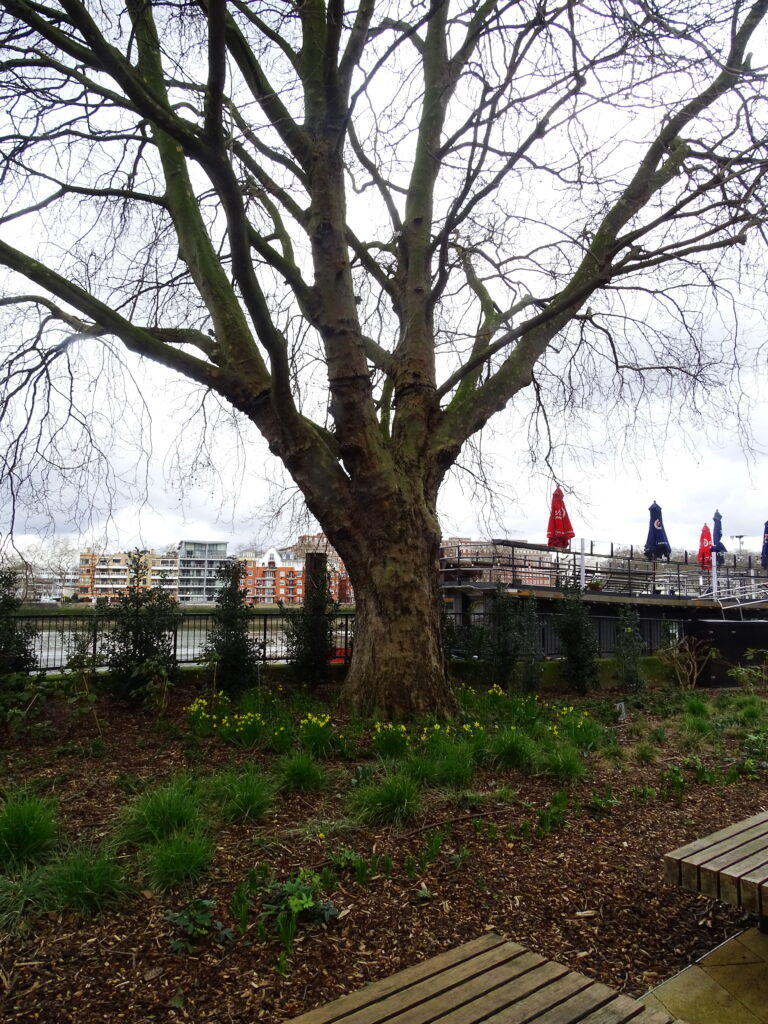
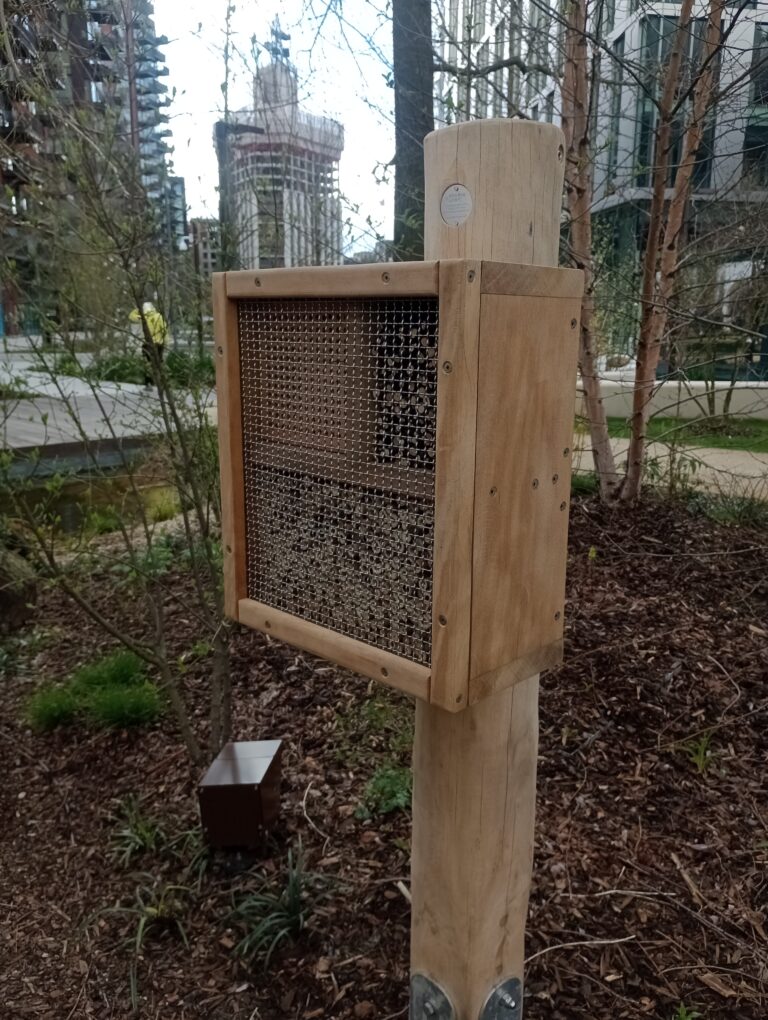
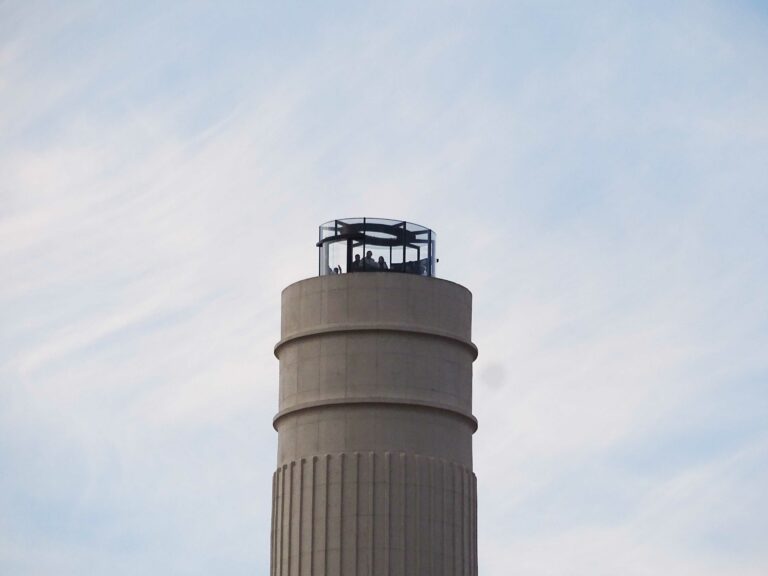
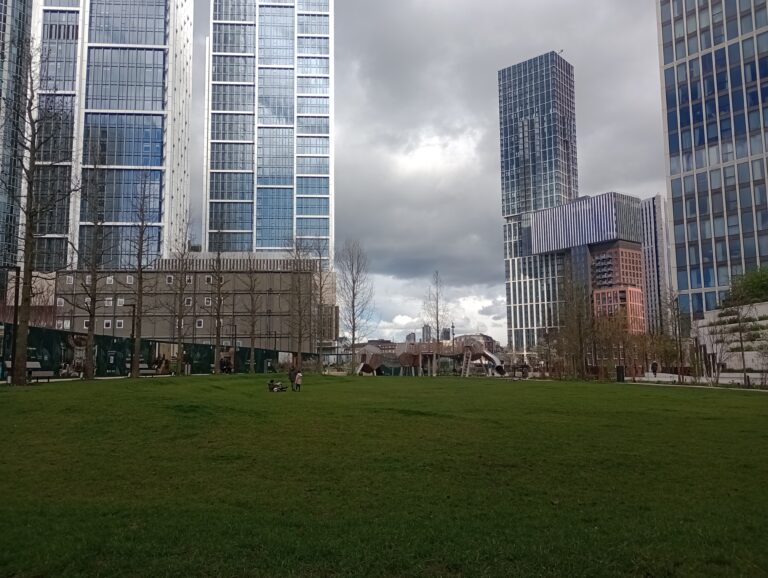
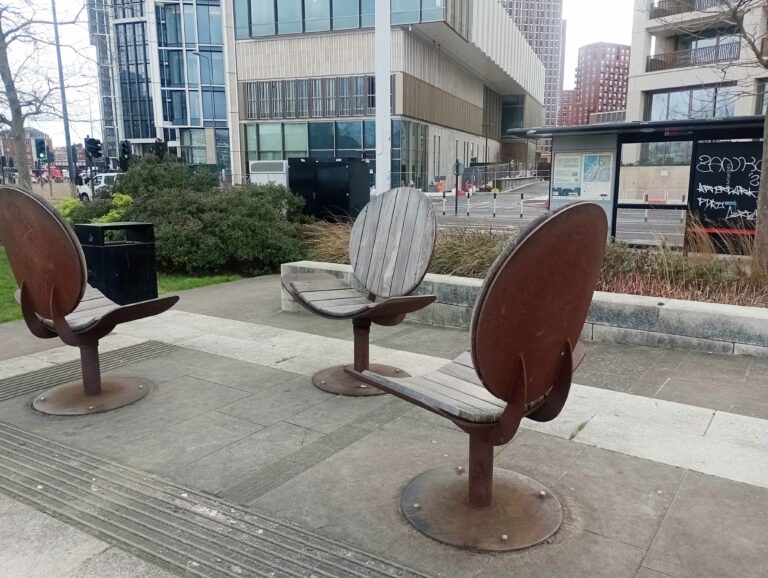
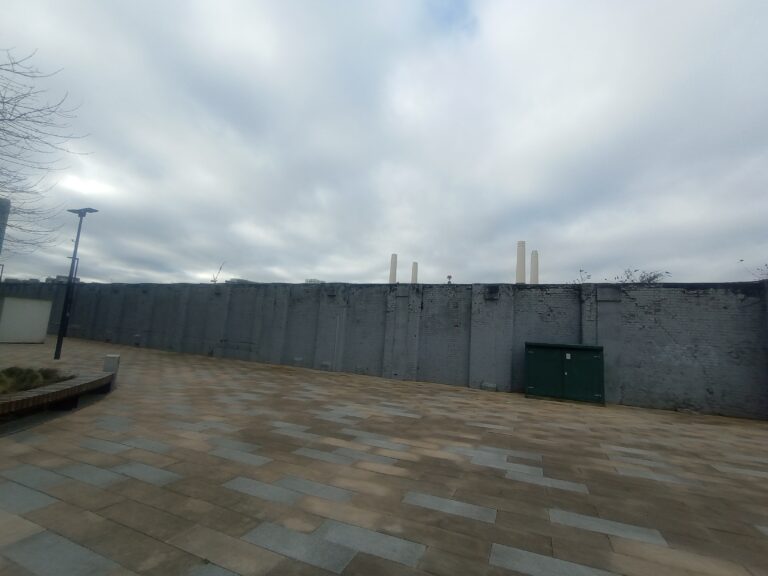
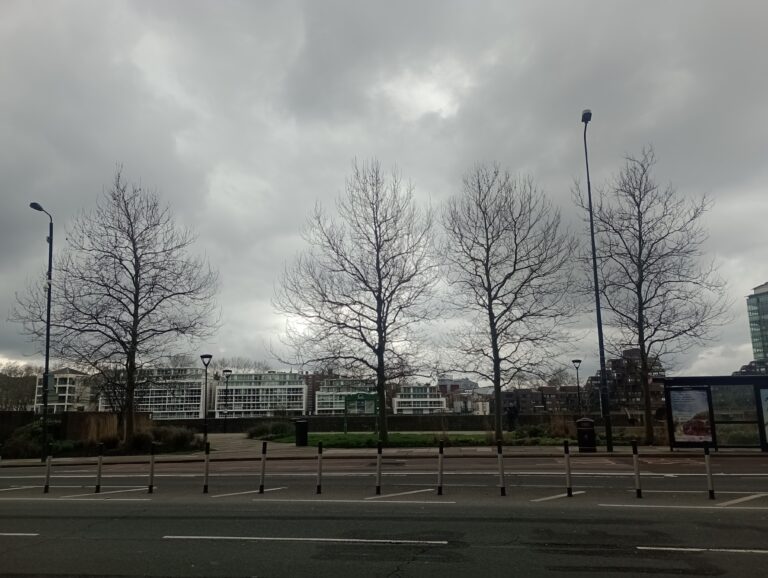
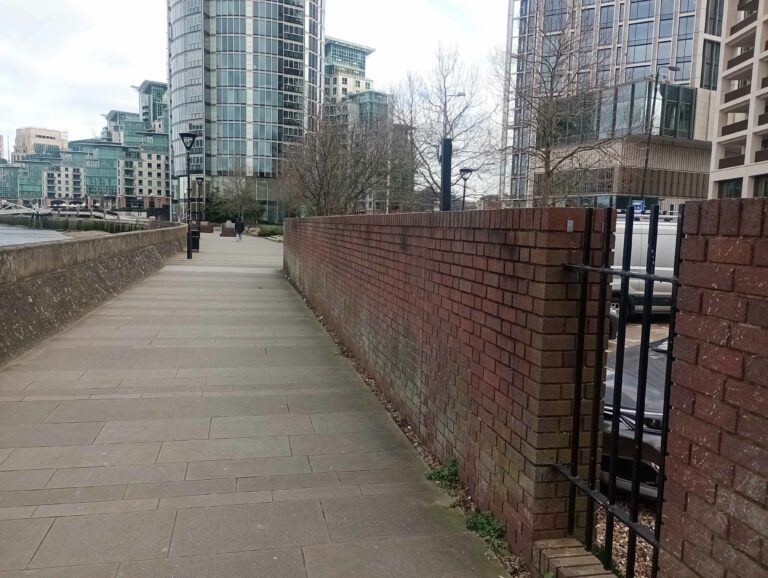
The second part of the research specifically focused on the development of human dwelling in the rejuvenated area around the Battersea Power Station and Nine Elms from a multifaceted perspective that combines daily pedestrian mobility with the concepts of togetherness and emotional citizenship.
Verbal and non verbal interactions of strangers whilst sharing the same spatiality by walking or running together individually, towards the significance of a place. Activities aimed to highlight visual references about residential communities, spatial overlapping between private/not accessible areas and public territories as if boundaries.
This included: examining fragments of cultural and emotional topographies; the architectural imprints that govern the regenerated urban tissue of this river district and operates a shift from a spatial experience of urban tissue into a transitory user experience of facilities and services.
Not the least this stage referred to relevant topics prompted during the Live Lecture about future progress of alternative transportation depending either on pre-existent barriers (namely the River) or road infrastructures likely to affect active forms of territorial communities.
The practical activity of urban walking across strategical reference points generated further inputs especially with regards to the wayfinding to bold architectural landmarks such as the buildings of the Power Station, and the US Embassy with the adjoining gardens.
references
Bingham J., Kaasa A., Making Cultural Infrastructure, Theatrum Mundi CIO, Somerset House, London, November 2017
Middleton J, The socialities of everyday urban walking and the ‘right to the city’, Sage Journal, Vol. 55 Issue 2, 2016
///supplements/ Thames Estuary
Further researches on materiality and spatial engagement in both human and non-human realms represent the third part of the project. Fieldwork at the Thames Estuary in Leigh-on-Sea marked both the beginning and the the high point of the study, focusing on the sense of neighbourhood in diversely urbanized areas.
This stage addressed to the chromatic dimension and ‘liminal’ patterns observed during tidal movements, directly examining the consistency of the river bed and, above all, the affective spatiality between pedestrians and the natural asset as a distinct landmark unfiltered by architecture.
Data collected became visual raw material for designing the appearance of fabric petals, which represent the initial step in engaging with the audience.
references
Johnson-Schlee Sam, Living Room, Peninsula Press, London, 2022
Freud, S. The Uncanny in Art and Literature, Albert Dickson,Penguin Books London, 1985
